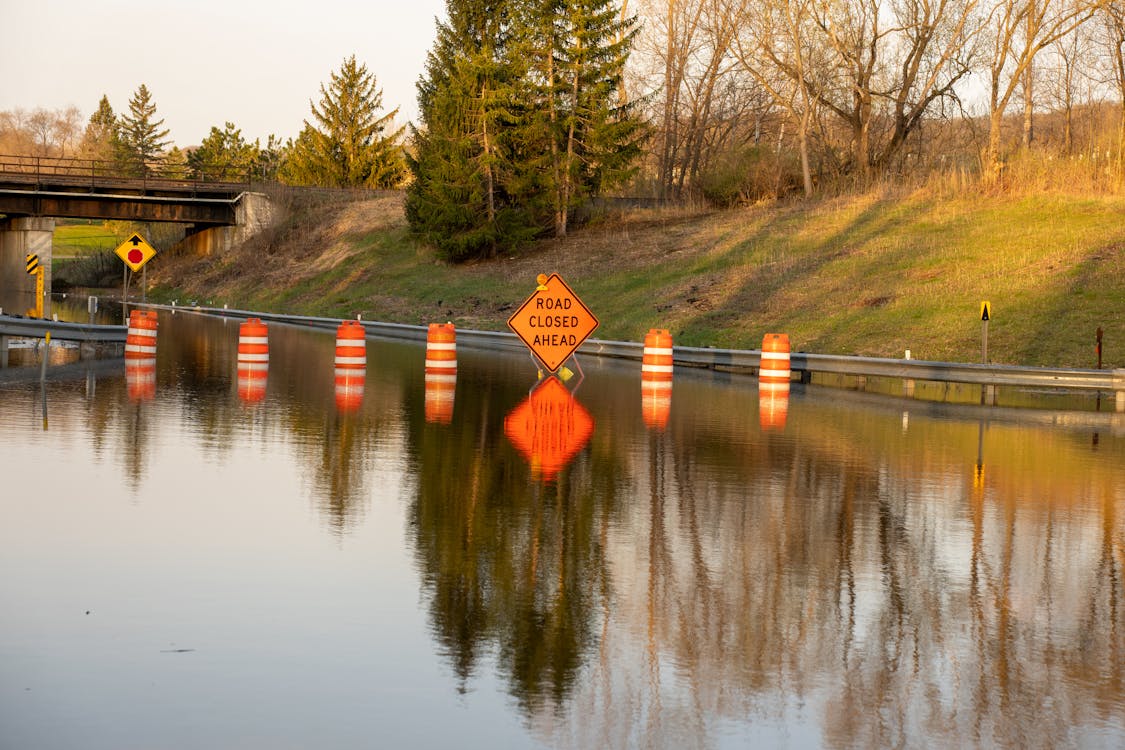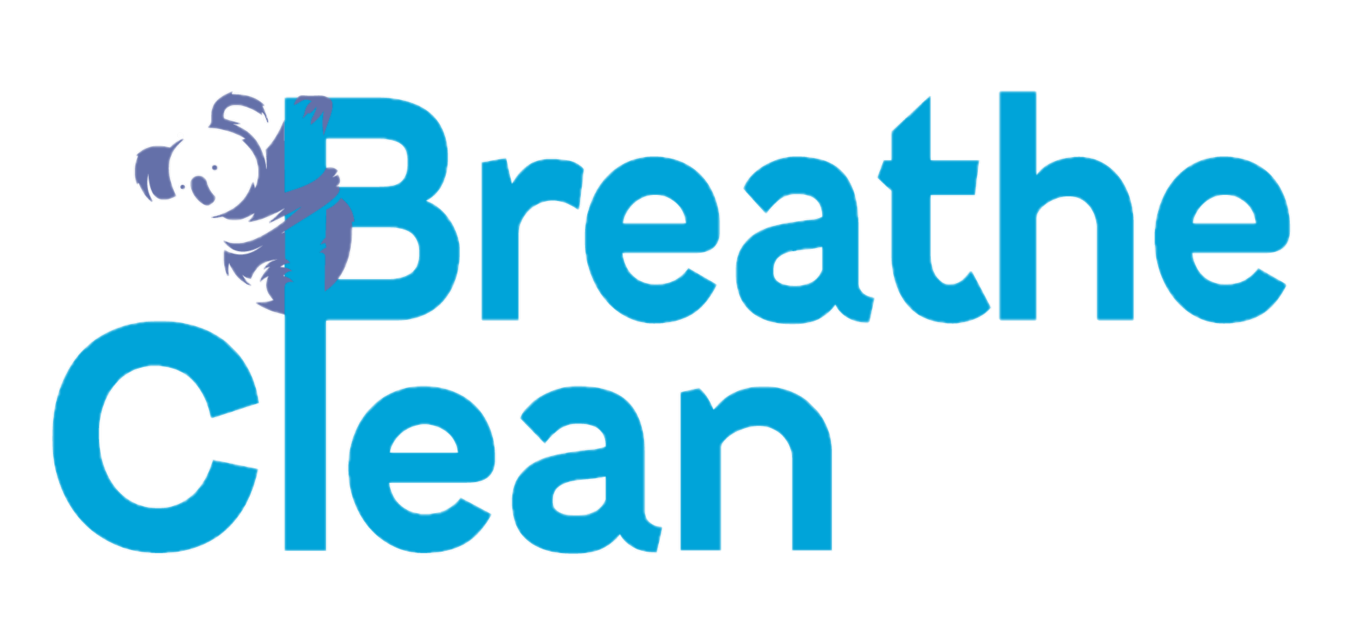
The aftermath of a flood can be an overwhelming experience. Given the current issues facing New York City, the Hudson Valley, and Long Island, it’s particularly crucial to know at the moment. When your home is affected by flooding, it’s crucial to approach the recovery process with a well-informed strategy. In this blog, we will delve into the critical aspects of recovering from a flooded home, with a focus on air quality, home performance, and mold prevention.
Immediate Actions: Safety First
The first step in recovering from a flooded home is ensuring your safety. Before re-entering your home, check for structural damage and be cautious of electrical hazards. If the floodwaters are contaminated, wear appropriate protective gear such as rubber boots and gloves. Always prioritize personal safety.
Air Quality Matters
Once you’re back inside, air quality should be a top concern. Floodwaters can introduce harmful contaminants into your home, including bacteria, mold, and toxic substances. To address air quality issues:
- Ventilation: Open doors and windows to promote airflow and aid in drying out the space.
- Dehumidification: Use dehumidifiers to reduce excess moisture in the air, which can help prevent mold growth.
- Air Filtration: Consider using air purifiers with HEPA filters to remove airborne particles and allergens.
Home Performance Evaluation
Assessing your home’s performance is essential to ensure it functions optimally post-flooding:
- Electrical Systems: Have a professional inspect your electrical system for damage. Replace any compromised components.
- Plumbing and HVAC: Check for damage to these systems and address any issues promptly. Mold can thrive in damp HVAC systems.
- Insulation and Drywall: Replace insulation and drywall that have absorbed water. This can help prevent mold growth and improve energy efficiency.
Mold Prevention Strategies
Mold can become a pervasive problem after a flood if not addressed promptly and effectively:
- Drying: Thoroughly dry your home as quickly as possible. Mold needs moisture to grow, so this is a crucial step in prevention.
- Mold Remediation: If you discover mold, hire professionals experienced in mold remediation. They will safely remove and clean affected areas.
- Prevent Future Moisture: Invest in moisture-resistant building materials and consider elevating your home if you live in a high-risk flood area.
Long-Term Air Quality
Maintaining good air quality in your home is an ongoing effort:
- Regular Cleaning: Dust, vacuum, and clean surfaces regularly to prevent the buildup of allergens and contaminants.
- Monitor Humidity: Use a hygrometer to monitor indoor humidity levels. Keep them between 30-50% to discourage mold growth.
- Professional Inspections: Schedule regular inspections to ensure your home’s systems are functioning optimally.
Recovering from a flooded home can be a challenging journey, but with the right approach, you can restore your home’s air quality, performance, and minimize the risk of mold growth. In regions like New York City, the Hudson Valley, and Long Island, where flooding is a recurring issue, it’s essential to stay informed and take proactive steps to protect your home and your family’s health. Remember, safety and a well-executed recovery plan are your greatest allies in this process.
